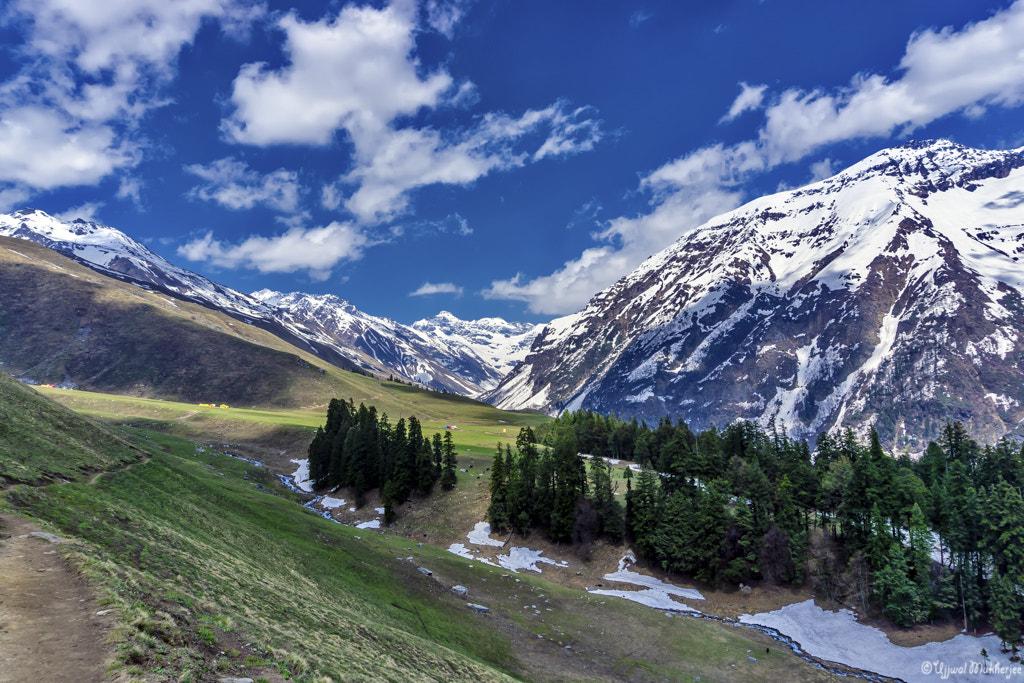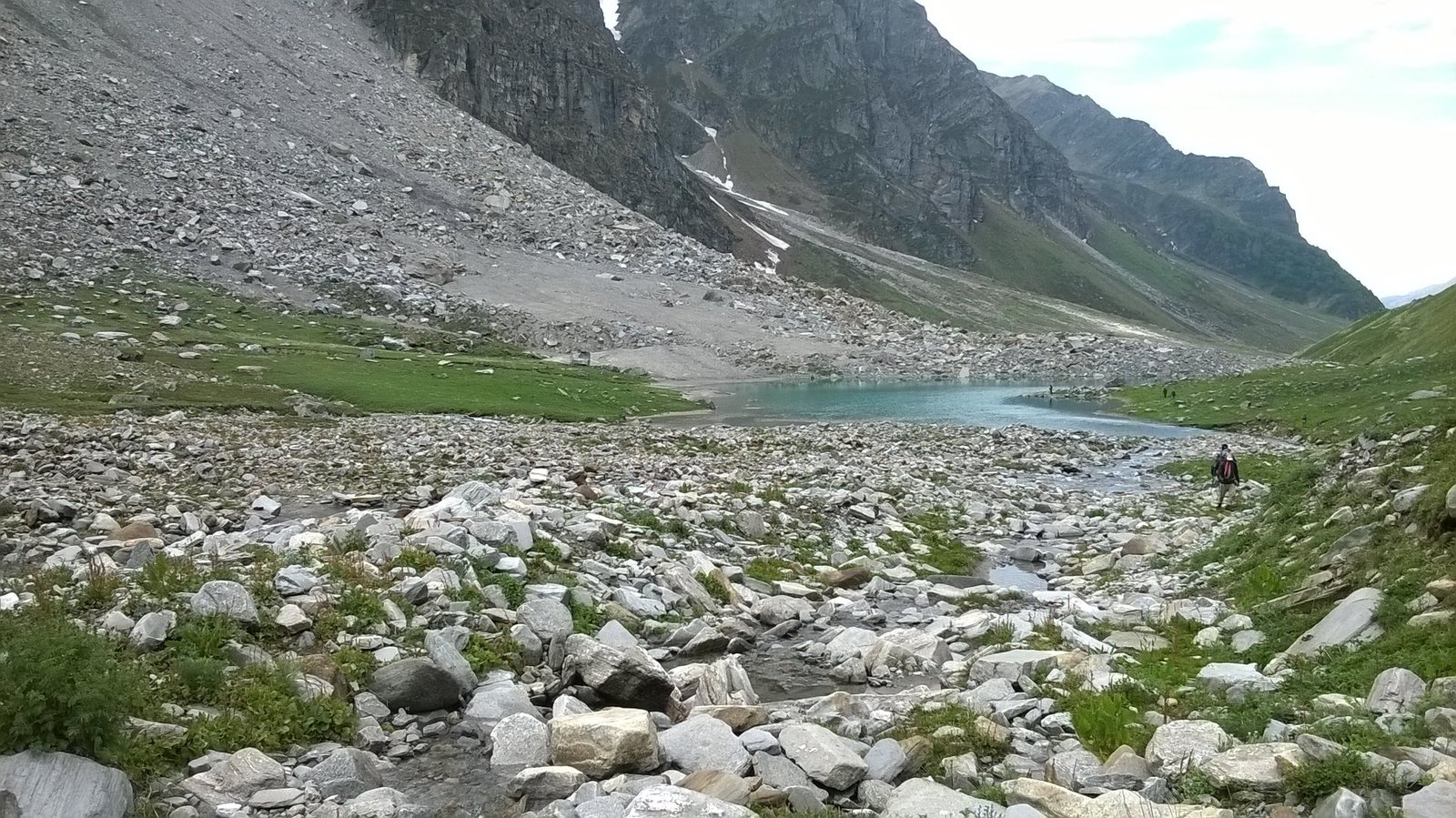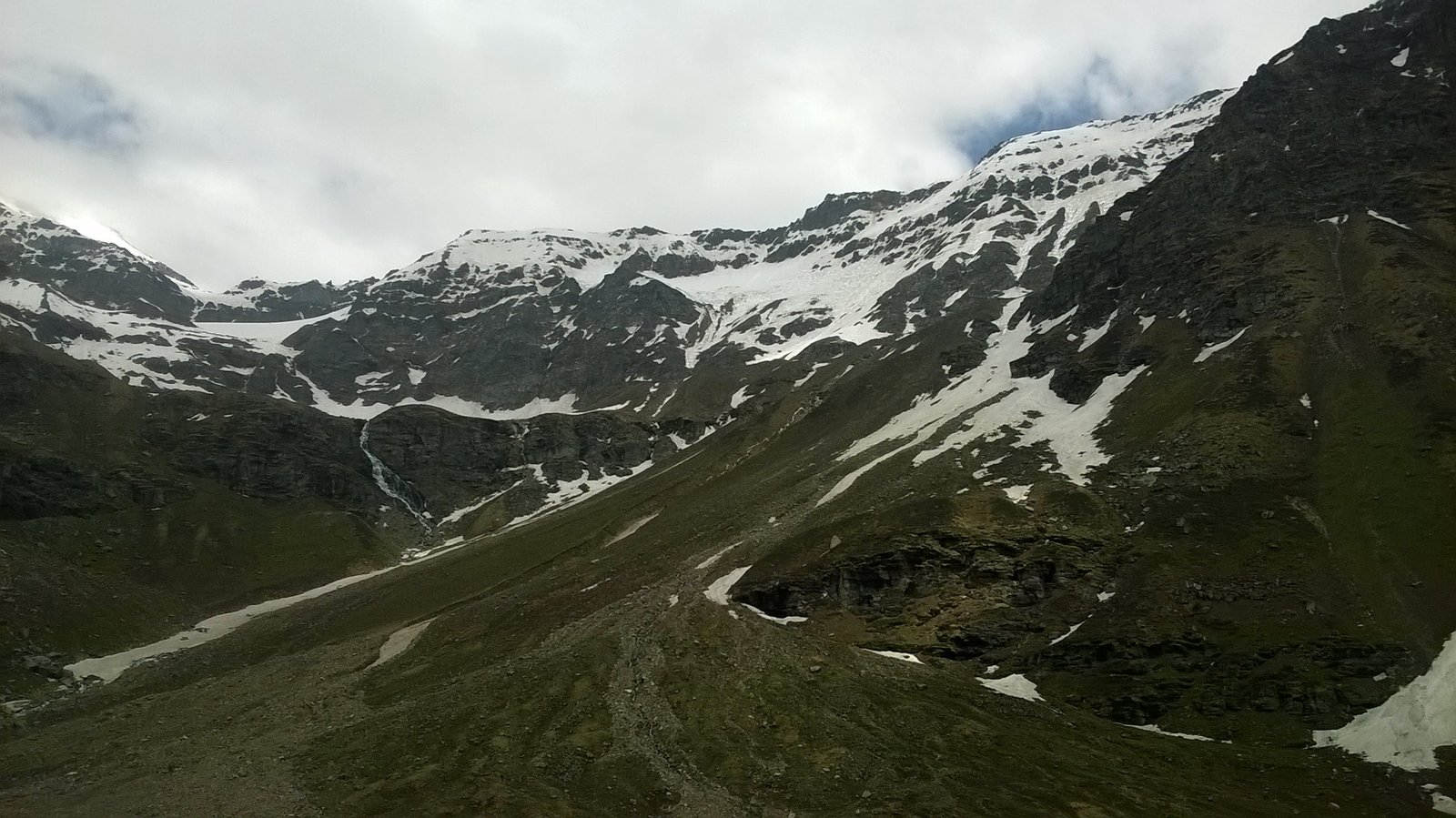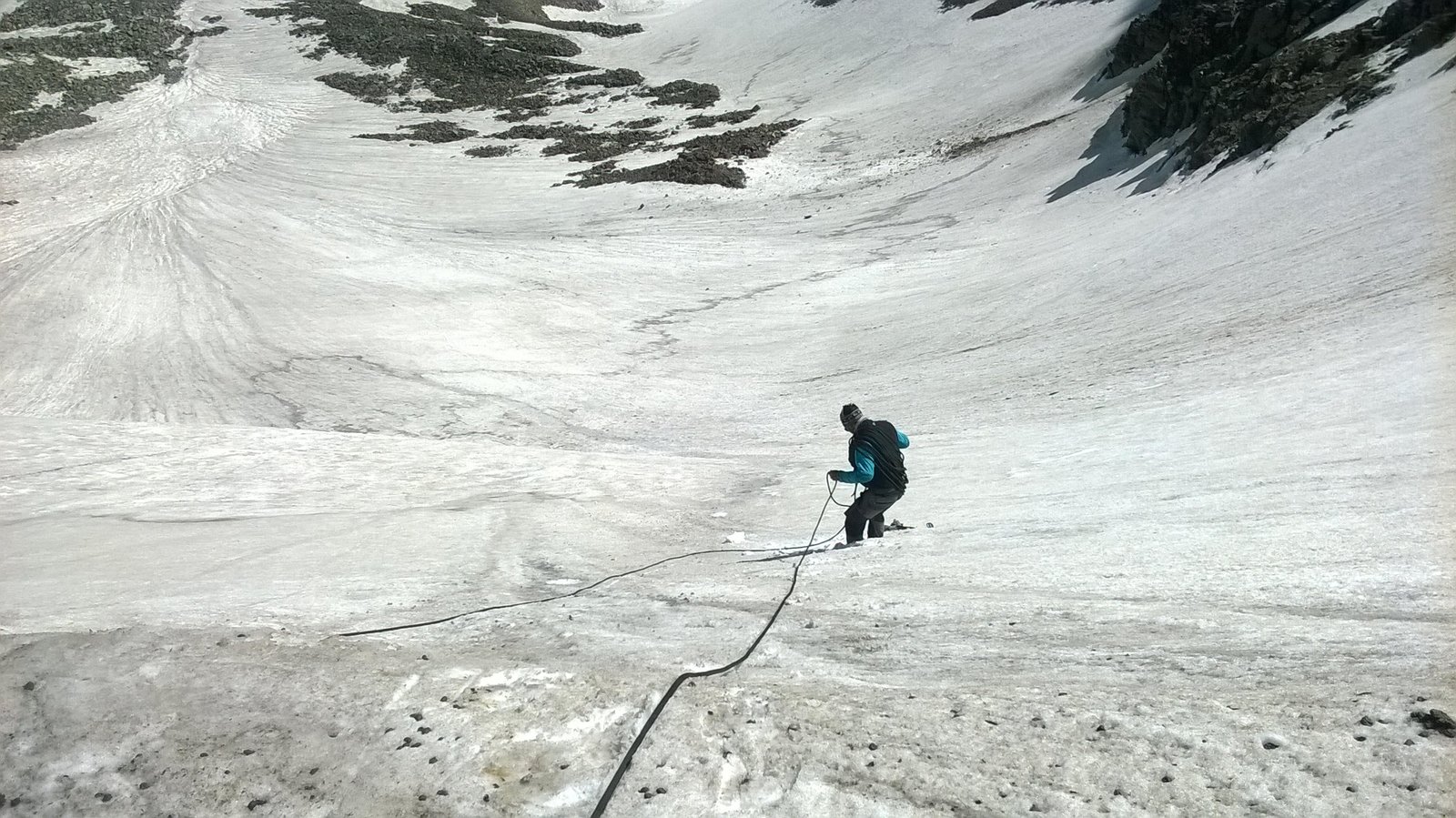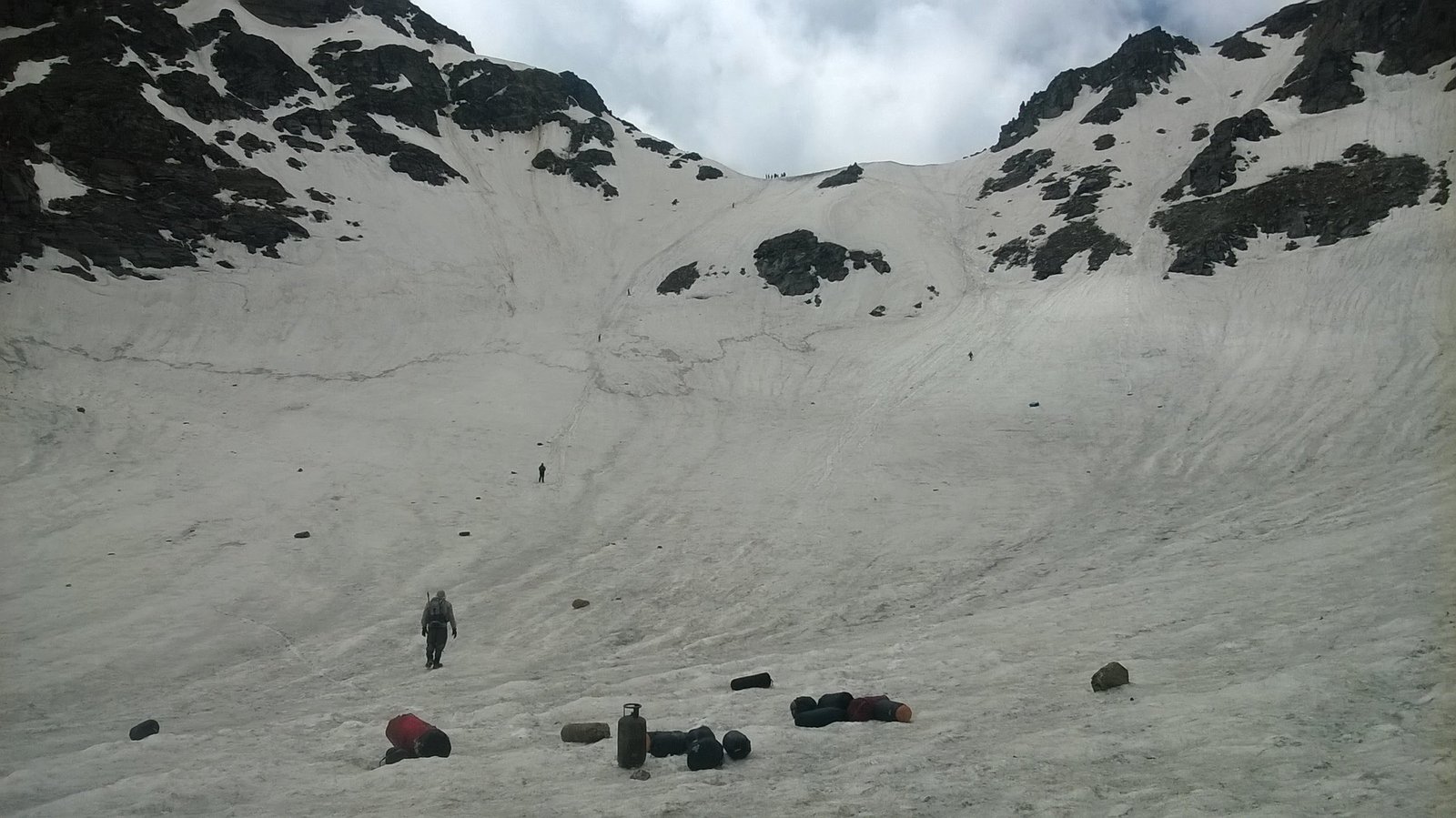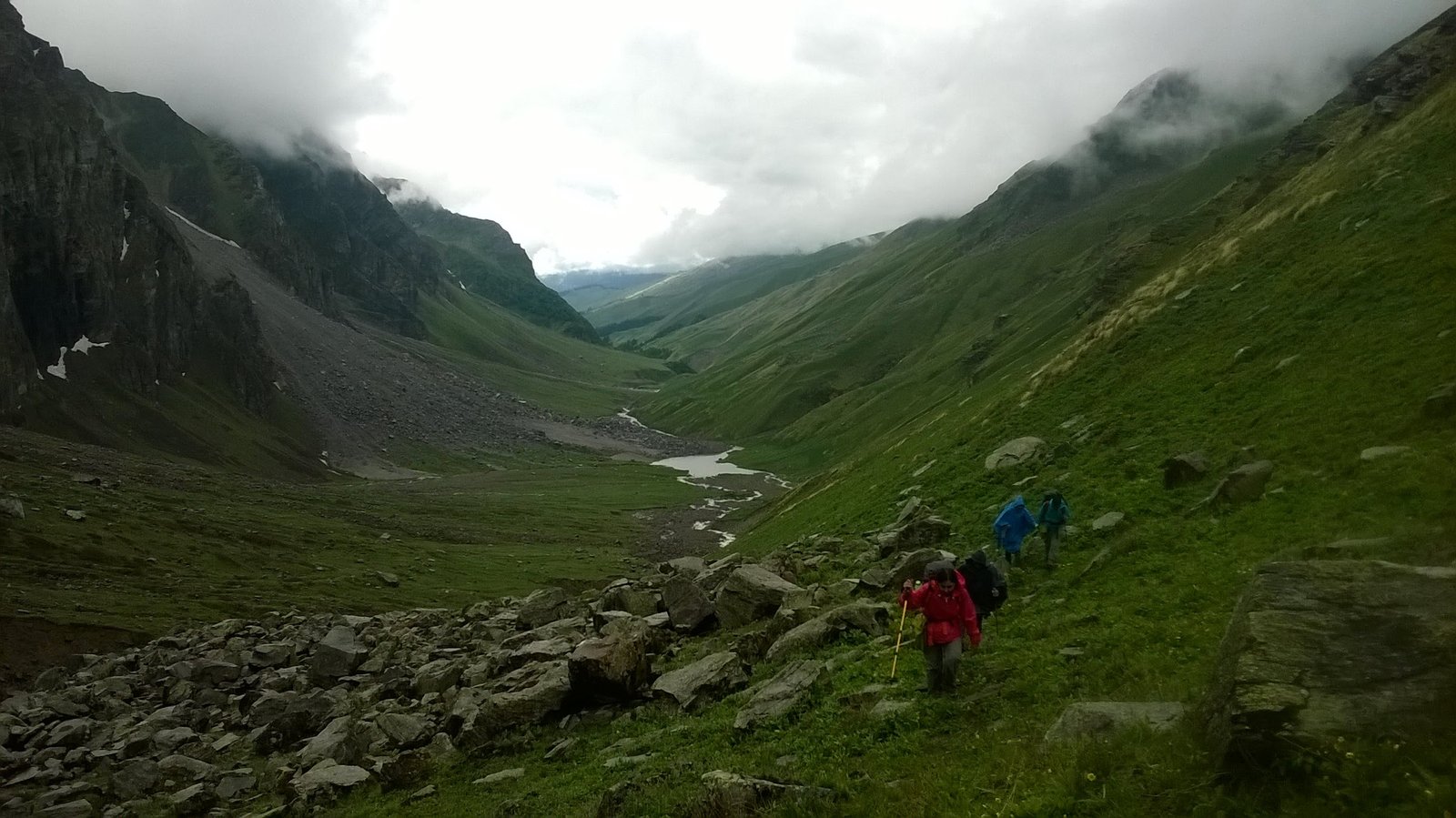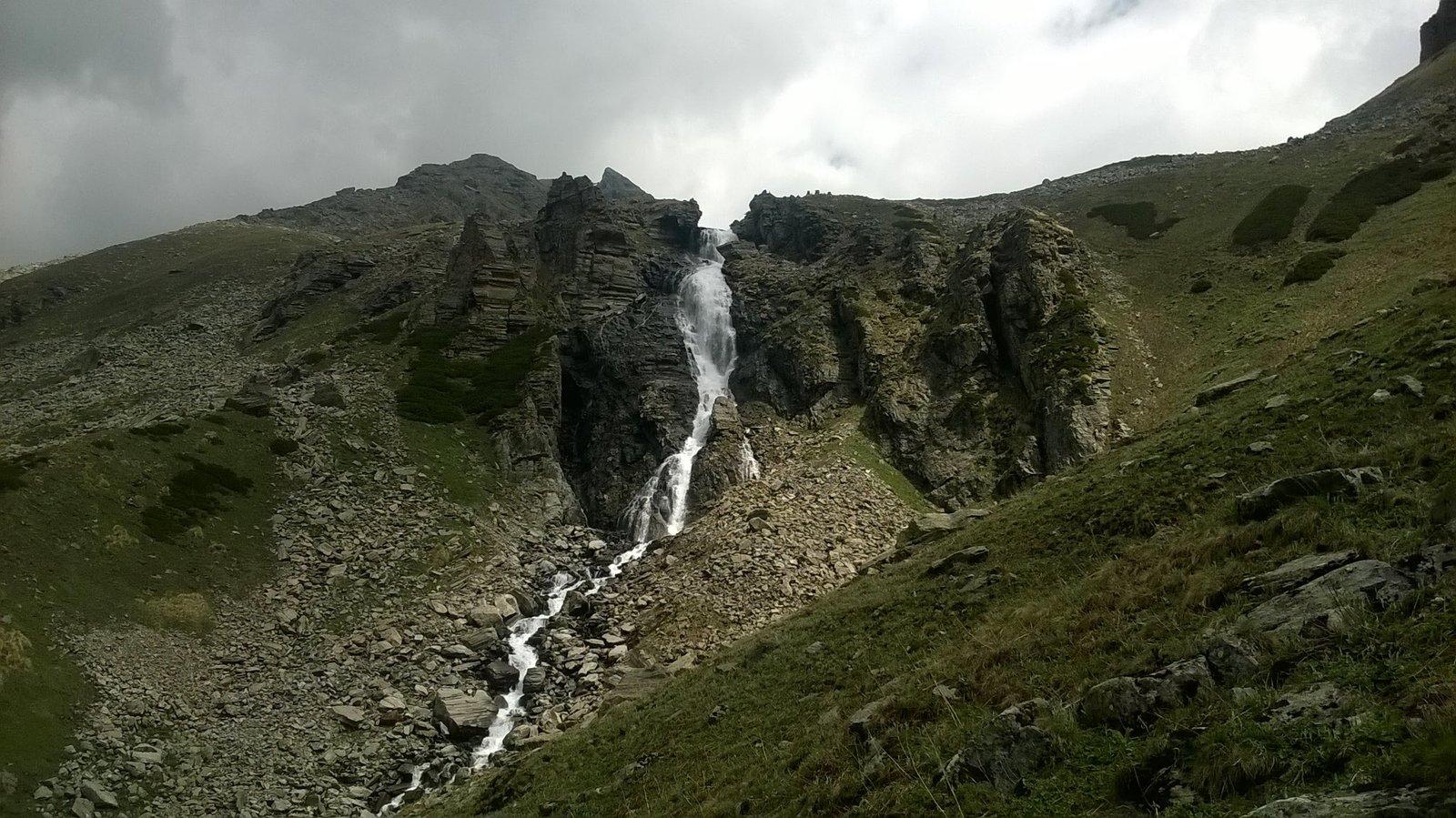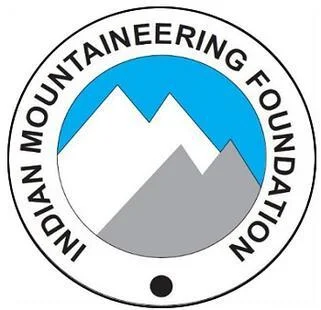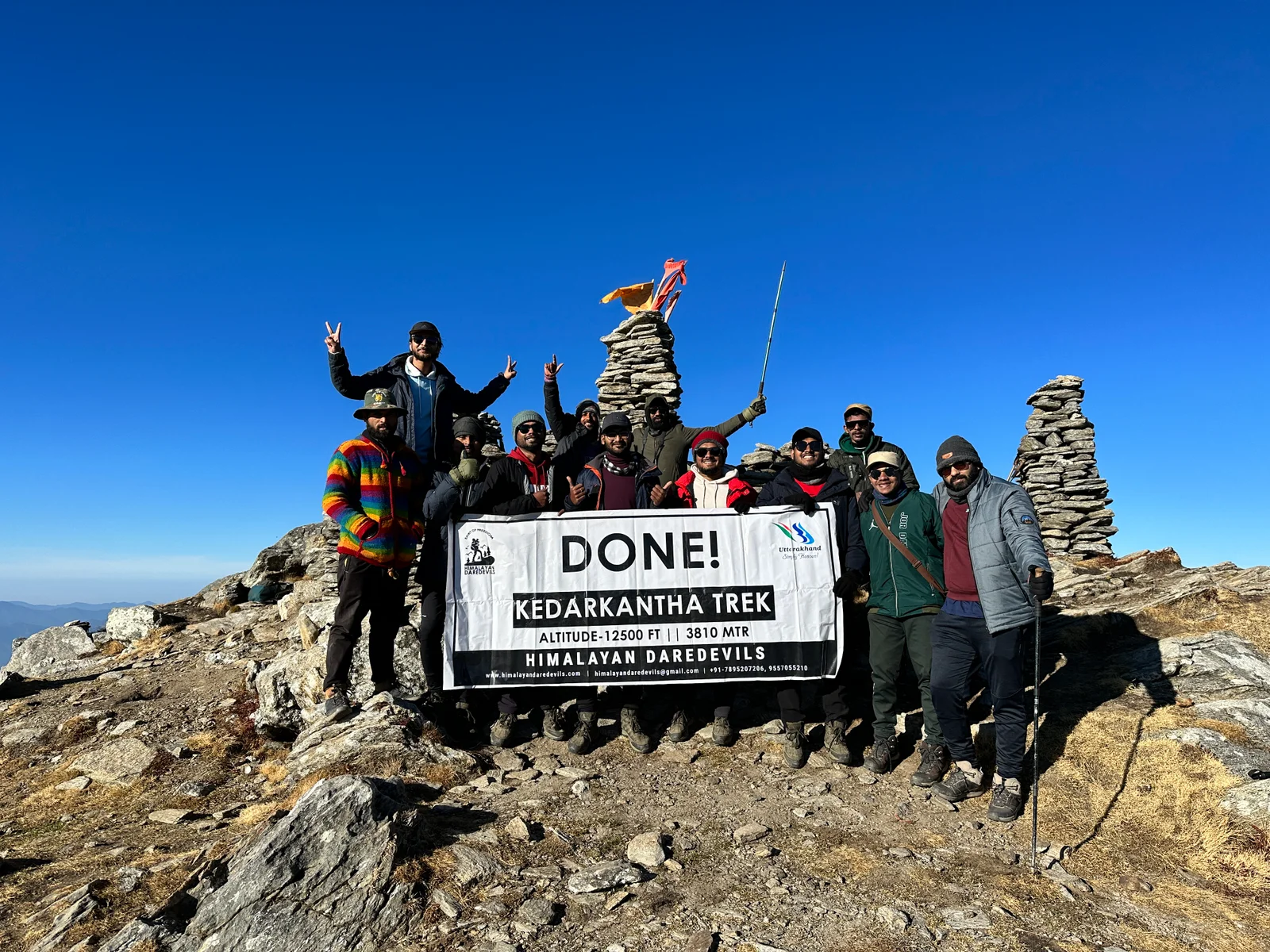Starting From
18,973
16,499.00
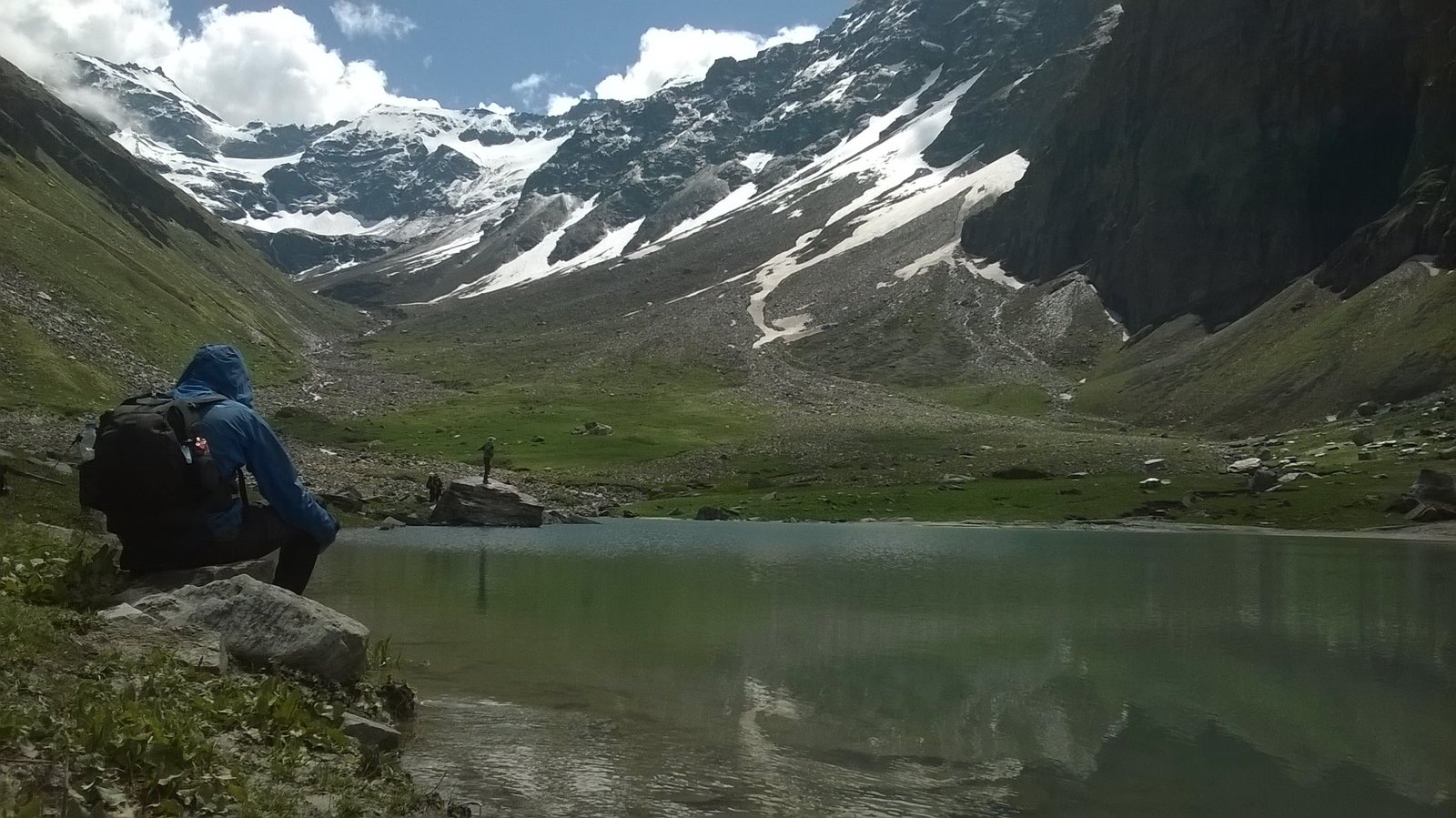
Starting From
18,974
16,499.00
Starting From
18,974
16,499.00
Buran Ghati Trek (316+ Reviews)
A crossover trail through passes
Kalka is the nearest railhead to Shimla
Jubbarhatti airport, which is 22Km away from Shimla
Janglik
May , June & September , October
Janglik to Barua
Meals while on trek ( Veg and Egg)
Homestay/ Camping
Himachal Pradesh
7 days
Moderate
15000 Ft
37 Km
Buran Ghati Trek Overview
Buran Ghati Trek – nestled in the picturesque state of Himachal Pradesh – is a true gem for nature enthusiasts and adventure seekers alike. This stunning Himalayan trek offers a mesmerizing journey through some of the most stunning landscapes the region has to offer.
From the moment you step onto Buran Ghati’s uncharted trails, you'll be captivated by breathtaking views of snow-capped peaks, lush green valleys, and pristine alpine beauty. The trail winds past serene high-altitude lakes that mirror the surrounding mountains, offering an experience of true Himalayan tranquility.
During the post-monsoon season, the valley transforms into a colorful paradise as wildflowers bloom across the meadows—an unforgettable sight and a photographer’s dream.
What makes the Buran Ghati trek itinerary especially appealing is that it caters to both experienced trekkers and beginner hikers. With professional trek guides, you can safely explore the region’s rich flora and fauna, making your journey both educational and exhilarating.
The highlight of the trek is the thrilling Buran Ghati Pass crossing, located at an altitude of approximately 4,550 meters. This heart-pounding ascent rewards you with panoramic views of the mighty Himalayas and a sense of triumph that only a high-altitude pass can offer.
The Buran Ghati Trek offers a truly unforgettable experience, combining stunning Himalayan scenery, challenging adventure, and lasting memories. It’s an ideal trek for those looking to connect with nature and push their limits in a pristine mountain environment.
Embark on a once-in-a-lifetime trek through the breathtaking landscapes of the Buran Ghati Trail. Set in remote Himachal Pradesh, this trail is a perfect blend of scenic beauty and heart-racing adventure, leading you through lush meadows, dense forests, and crystal-clear alpine lakes. So pack your bags and get ready to conquer the Buran Ghati Pass Trek – an epic Himalayan adventure filled with natural beauty, thrilling climbs, and memories that will last a lifetime.
Why Buran Ghati Trek is a Must-Do in Himachal Pradesh
The Buran Ghati Trek is considered by many experienced trekkers to be one of the most complete Himalayan Treks in India. The trek offers a unique blend of adventure and wonder that makes the trek an unforgettable experience. Here are some of the reasons that make the Buran Ghati Trek a must do:
A Perfect Mix of Landscapes
The trail of the Buran Ghati Trek starts, surrounded by dense pine forests and lush meadows and takes you gradually to a higher altitude where the landscape is dominated by snow-covered passes and frozen lakes. Experiencing this extra-ordinary variety in such a short span of time is what makes the trek so special. It is a guarantee that throughout the trek you would find yourself stopping from one corner to another to capture the mind blowing scenery with your camera or with your eyes.
Accessible Yet Adventurous
Most of the treks in the Himalayas are one of the two things, either they are stunning treks offering unique landscapes or they are easy treks offering the ordinary. Buran Ghati Trek strikes the perfect balance challenging enough to feel like a real adventure, yet achievable for trekkers with moderate fitness. This makes it ideal for those looking to step into serious Himalayan trekking.
The Thrill of Buran Ghati Pass (4,550 m)
The biggest highlight of the trek is the exhilarating Buran Ghati Pass crossing. At over 15,000 feet, this section often requires rappelling or sliding down steep snow walls in summer—making it one of the most thrilling high-altitude treks in India. On reaching the highest point of the trek you become an audience to the beautiful and other worldly landscape that surrounds you. In the distance you will see all of the snow capped peaks and down below you see the green valleys.
Chandranahan Lake
Once you reach the altitude of 4,200 meters you will have reached the Chandranahan Lake. The lake is situated in a small valley dominated by sharp snow covered ridges and dramatic rocky terrain. The white and grey of the mountains that surround it makes the blue water of the lake shine like a gemstone.
Located near Litham, the lake is considered holy by the local communities of Himachal Pradesh. According to local legends, it’s believed to be the origin of the Pabbar River and holds significant spiritual value. Trekkers often pause here not just for the views, but to reflect in the silence and stillness of this high-altitude wonder.
Offbeat and Less Crowded
While treks like Triund and Hampta Pass see crowds, Buran Ghati remains offbeat and serene. You'll often have the trail and the views to yourself, making it ideal for those seeking solitude and raw nature.
Wildlife, Flora & Fauna on the Buran Ghati Trek
On the Buran Ghati Trek you also get to experience the diverse Himalayan ecosystem. The valley and forests of the valley is home to unique species of flowers, animals and insects. You will find that with change and altitude and landscape the variety of flora and fauna changes:
Spotting these incredible species in real life, after reading and learning about them, adds a whole new level of excitement and awe to the trek, turning every moment on the trail into a real-life nature documentary.
Best Time to Visit Buran Ghati Trek: Season-wise Guide
The Buran Ghati Trek offers spectacular experiences throughout the year, but the best trekking windows are summer (May to mid-June) and autumn (September to mid-October). Each season brings its own unique atmosphere and challenges.
Summer (May to Mid-June)-
Temperature: Daytime ranges from 10°C to 15°C, while nights can dip to around -5°C at higher camps.
Summer marks the start of the trekking season with a refreshing mix of melting snow and fresh greenery. The weather feels crisp and refreshing, with cool days and chilly nights. Snow still blankets much of the higher trails, creating thrilling opportunities for snow walks and icy descents, especially near the Buran Pass. Clear skies and longer daylight make it ideal for adventurous trekkers seeking both challenge and beauty.
Monsoon (Mid-June to August)-
Temperature: Daytime temperatures hover between 12°C and 18°C, nights between 5°C and 10°C.
During the monsoon, the region receives heavy rainfall. The atmosphere becomes misty and lush, with vibrant green forests and blooming flora. However, the trails often become slippery and dangerous due to landslides and waterlogging. Visibility can be poor, and unpredictable weather makes trekking risky. It’s generally not recommended for most trekkers, though nature enthusiasts might appreciate the verdant landscape from a safe distance.
Autumn (September to Mid-October)-
Temperature: Day temperatures range from 10°C to 16°C, while nights can drop to -3°C.
Post-monsoon autumn is often considered the best time for trekking in Buran Ghati. The air turns crisp and clear, offering spectacular panoramic views of snow-capped peaks. Meadows burst with colorful wildflowers, and the trail conditions are dry and comfortable. The weather feels pleasant during the day but can get quite cold at night, especially at higher camps. This season is perfect for those who want scenic beauty without the snow-covered challenges of summer.
Winter (Late October to April)-
Temperature: Temperatures can plummet between -5°C to -15°C, depending on altitude.
Winter transforms the entire region into a snowy wonderland but also makes the trek inaccessible. Heavy snowfall covers the paths and campsites, making travel dangerous and difficult. Most trekking activities halt during this time, although it attracts some experienced mountaineers and snow trekkers in nearby areas.
For a snow-filled adventure with crisp mountain air, May to mid-June is ideal. For vibrant wildflowers, clear skies, and easier trekking, September to mid-October offers the perfect conditions. Avoid the monsoon and winter seasons for safety and accessibility reasons. Whichever season you choose, Buran Ghati promises unforgettable Himalayan experiences.
Essential Exercises to Prepare for Buran Ghati Trek
The Benog Tibba Trek challenges your endurance, balance, and strength as you navigate diverse terrain at moderate altitude. Preparing your body beforehand can make the trek safer and more enjoyable. Here are the key exercises to focus on:
Tips:
Rest 30-60 seconds between sets.
Increase intensity gradually by adding reps, sets, or weights.
Include cardio workouts on alternate days for endurance.
Itinerary
Drive Distance: About 70 km (Shimla to Janglik)
Drive Time: 3 to 4 hours
Altitude: 2,500 meters (8,202 feet)
Drive from Shimla to Janglik village
Rest and get ready for the trek
Explore the village a bit
Short Itinerary:
Detailed Itinerary:
Start your day early with a scenic drive from Shimla to Janglik. The road takes you through beautiful hills, small villages, and thick pine forests. Along the way, enjoy views of terraced fields and spot birds or farm animals. When you arrive at Janglik, take time to relax and get used to the higher altitude. It’s important to rest well and prepare your backpack for the trek. You can explore the village, chat with locals, and enjoy the calm atmosphere before your trek begins. Have a warm meal and get a good night’s sleep to be ready for the next day.
Trek Distance: 7 to 8 km
Trek Time: 5 to 6 hours
Start trekking through forests
Walk uphill slowly
Reach Dayara Thach meadow to camp
Short Itinerary:
Detailed Itinerary:
After breakfast, start your trek from Janglik. The path takes you through thick forests filled with pine, oak, and colorful rhododendron trees. You will hear birds singing and enjoy the fresh mountain air. The trail gradually climbs uphill, helping your body adjust to the altitude. Take breaks to enjoy the peaceful surroundings and take photos. Finally, you reach Dayara Thach, a wide, green meadow surrounded by tall mountains. It’s a beautiful spot to set up camp. Enjoy the views of snow-covered peaks and breathe the fresh alpine air. At night, the sky will be clear, offering a spectacular view of stars.
Trek Distance: 5 to 6 km
Trek Time: 3 to 4 hours
Walk through meadows and forest patches
Enjoy mountain views
Camp at Litham Thach
Short Itinerary:
Detailed Itinerary:
Today’s trek is a bit shorter but very scenic. You will walk across meadows filled with wildflowers and patches of quiet forest. The air is cool and fresh, and the views of the Himalayan mountains around you are amazing. The trail is gentle and not too steep, making for a comfortable day of walking. When you reach Litham Thach, a quiet and peaceful place, set up your camp. Enjoy the calm atmosphere and prepare for the next day’s adventure.
Trek Distance: 4 km each way (8 km total)
Trek Time: 6 to 7 hours round trip
Take a day hike to Chandranahan Lake
Enjoy the clear lake and mountain views
Return to Litham Thach for the night
Short Itinerary:
Detailed Itinerary:
After breakfast, set out on a day hike to Chandranahan Lake. The trail is a bit challenging with some rocky paths, but the beautiful scenery makes it worth the effort. You will pass through alpine meadows and small streams, with wildflowers along the way. The lake itself is crystal clear and sits surrounded by tall mountains. Spend some time enjoying the peaceful atmosphere and taking photos. After soaking in the natural beauty, return the same way back to Litham Thach. Rest well tonight because tomorrow will be a longer trekking day.
Trek Distance: 4 to 5 km
Trek Time: 3 to 4 hours
Trek through forests and open areas
Reach Nalabansh village or campsite
Rest and enjoy the village atmosphere
Short Itinerary:
Detailed Itinerary:
Today you will walk through a mix of forests and open clearings. The air is fresh, and you might see birds and small animals along the way. The trail is not very difficult and offers great views of the surrounding hills. When you arrive at Nalabansh, you will see a small village or campsite where you can relax. Take some time to explore the village, meet locals, and enjoy a quiet evening before the next long day ahead. Make sure to rest well and eat a good meal.
Trek Distance: 8 km
Trek Time: 10 to 11 hours
Long and challenging day of trekking
Cross forests, ridges, and meadows
Reach Munirang for overnight camping
Short Itinerary:
Detailed Itinerary:
Today is one of the toughest days on the trek. You will cover a long distance, moving through different types of terrain — from thick forests to open ridges and alpine meadows. The path may be steep in some sections, so take your time and rest whenever needed. You will see amazing views of snow-covered peaks and deep valleys along the way. After a long day of trekking, you will arrive at Munirang, where you can set up your camp. Enjoy a warm meal, relax your muscles, and get plenty of rest for the final day of trekking.
Trek Distance: 5 to 6 km
Trek Time: 3 to 4 hours
Final day of trekking
Walk down through forests and pastures
Reach Brua Village and end the trek
Short Itinerary:
Detailed Itinerary:
On your last day, you will trek downhill through beautiful forests of pine and oak. You may also pass by green pastures where local animals graze. The walk is peaceful and relaxing after the previous day’s long trek. As you approach Brua Village, you will see traditional Himalayan homes and meet friendly locals. This village is a great place to experience local culture and celebrate completing your trek. Enjoy your last night here with your group and prepare to head back home or to your next destination.
Buran Ghati Trek Map

Inclusions
Exclusions
1. Meals while on trek (Veg. + Egg).
2. All necessary entry fees and permits.
3. Accommodation: - Guest house, Home stay, camping during Trek.
4. Mountaineering qualified & professional trek Leader, guide, cook and Support staff.
5. First aid medical kits, stretcher and oxygen cylinder.
6.Trek equipment: Sleeping bag, mattress, tent, kitchen & dinning tent, toilet tent, utensils and crampon (if required)
7. Staff Insurance.
8. Porters/mules to carry central equipment.
1. Any kind of personal expenses.
2. Food during the transit.
3. Mules or porter to carry personal luggage.
4. Insurance.
5. Transport (Non Ac)
6. Any kind of emergency evacuation charges
7. 5% GST
8.Any expense incurred or loss cost by reasons beyond our control such as bad weather, natural calamities (landslides, floods), flight delays/rescheduling/ cancelations, any accidents/medical evacuations, riots/strikes/war/pandemics etc.
9. Anything not specifically mentioned under the head.
1. Meals while on trek (Veg. + Egg).
2. All necessary entry fees and permits.
3. Accommodation: - Guest house, Home stay, camping during Trek.
4. Mountaineering qualified & professional trek Leader, guide, cook and Support staff.
5. First aid medical kits, stretcher and oxygen cylinder.
6.Trek equipment: Sleeping bag, mattress, tent, kitchen & dinning tent, toilet tent, utensils and crampon (if required)
7. Staff Insurance.
8. Porters/mules to carry central equipment.
1. Any kind of personal expenses.
2. Food during the transit.
3. Mules or porter to carry personal luggage.
4. Insurance.
5. Transport (Non Ac)
6. Any kind of emergency evacuation charges
7. 5% GST
8.Any expense incurred or loss cost by reasons beyond our control such as bad weather, natural calamities (landslides, floods), flight delays/rescheduling/ cancelations, any accidents/medical evacuations, riots/strikes/war/pandemics etc.
9. Anything not specifically mentioned under the head.
What to carry
- Trekking shoes: A good pair of trekking shoes is essential for a comfortable and safe trek. Look for shoes that are sturdy, provide good ankle support, and have a good grip on different types of terrain.
- Backpack with rain cover (50-60 ltr): A backpack is necessary to carry all your gear. Make sure it's the right size for your trek, and comes with a rain cover to keep your belongings dry in case of rain.
- Thermals (upper and lower): Thermals are lightweight and comfortable base layers that help regulate your body temperature in cold weather. Bring both upper and lower thermals to keep warm.
- 3 T-shirts (advisable quick dry): Choose quick-drying T-shirts made from breathable and moisture-wicking materials. This will help keep you cool and dry during your trek.
- 2 trek pants: Choose lightweight and comfortable trek pants that are easy to move in and can dry quickly if wet.
- Jacket (-10 degree): A warm jacket is essential for cold weather. Choose a jacket that is waterproof and windproof, and provides good insulation.
- Fleece or hood (2): Fleece jackets or hoodies are great mid-layer options to keep warm. Bring at least two, as they can also be used as an extra layer at night.
- Sunglasses (UV protected): Protect your eyes from the sun's harmful UV rays with sunglasses that are designed for outdoor activities.
- Sun cap: A sun cap or hat with a brim will protect your face and neck from the sun.
- Hand gloves: Bring a pair of lightweight gloves to keep your hands warm and protected from wind and sunburn.
- Woollen cap: A woollen cap will keep your head and ears warm at night or in cold weather.
- Socks (3 pairs min): Bring at least three pairs of good quality socks that are moisture-wicking and provide good cushioning and support for your feet.
- Headlamp: A headlamp will come in handy if you're hiking in low-light conditions or need to find your way in the dark.
- Trekking pole (if needed): Trekking poles can help reduce strain on your legs and provide additional support on steep terrain.
- Rain cover\poncho: A rain cover or poncho will keep you and your gear dry during unexpected rain showers.
- Day pack (if you plan to offload your bag): If you plan to offload your backpack during the trek, bring a smaller day pack to carry essentials like water, snacks, and a first aid kit.
- A toiletry kit: Bring a small kit with personal hygiene items, such as a toothbrush and toothpaste, wet wipes, hand sanitizer, and toilet paper.
- Lunchbox, cup, spoon: If you plan to bring your own food, bring a lunchbox, cup, and spoon to carry and eat your meals.
- 2 one-litter bottles: Staying hydrated is crucial, so bring at least two one-liter bottles to carry water.
- 2-3 plastic covers to keep your wet or used clothes: Plastic bags are useful for keeping wet or dirty clothes separate from the rest of your belongings. They can also be used to pack out any trash or waste you generate during the trek.
How to reach
By Air:
Nearest airport: Shimla Airport (Jubbarhatti Airport) — about 70 km from Janglik.
From Shimla Airport, hire a taxi or take a bus to Janglik (3 to 4 hours).
Alternative airports: Chandigarh Airport and Dehradun Airport (Jolly Grant Airport).
From these airports, travel to Shimla first, then proceed to Janglik by road.
By Train:
Closest railway station: Shimla Railway Station.
Connected by the famous narrow-gauge Shimla Toy Train from Kalka.
From Shimla station, hire a taxi or take a local bus to Janglik.
By Road:
Janglik is well connected by road from Shimla and nearby towns.
Options include taxis, private cars, and buses.
Driving time from Shimla to Janglik is about 3 to 4 hours.
From Delhi or Chandigarh, take a bus or taxi to Shimla, then continue to Janglik.
Travel Tips:
Start early in the day to avoid driving on narrow mountain roads at night.
Carry snacks and water for the journey.
Confirm taxi fares and drop-off points beforehand.
Fitness and preparation guide for Buran Ghati Trek
We recommend jogging as the best routine to get fit for a trek. It works on the same muscles that you use while trekking — your calves, glutes and hamstrings. It helps increase your stamina day by day. It is also an easy routine that does not require any equipment or tools.
Fitness target:
To do this trek comfortably, you must be able to cover 5 km in under 35 minutes. This is the minimum fitness required for this trek.
How to achieve this fitness?
- Start jogging at least 4 days a week
- If you cannot run 5 km immediately, start with 2 km and increase to 5 km over 2-3 weeks.
- Once you’re able to run 5 km, increase your pace day by day.
- Gradually increase your pace and bring it down to 5 km in less than 35 mins.
- You must be able to run 5 km in 35 mins consistently for at least 2 weeks before the trek.
This trek requires at least 6-8 weeks of preparation. The longer, the better. So plan your trek soon and start preparing.
FAQ
The best time to go for Buran Ghati Trek is during the months of May to June and September to October. The weather during these months is pleasant, and the skies are usually clear.
The Buran Ghati Trek is a moderate to difficult level trek, with a maximum altitude of 15,000 feet. The trek involves steep ascents and descents, crossing high-altitude passes, and walking on rugged terrain. It is recommended for experienced trekkers with good fitness levels.
Some of the key attractions of the Buran Ghati Trek are Chandranahan Lake, Barua Pass, Dayara meadows, Gunas Pass, Ronti Gad, Bhangal village, and the stunning views of the Himalayan range.
Yes, if you are really fit. Buran Ghati is a moderate-difficult trek. For this, you ideally need prior high-altitude trek experience. That will help you enjoy the trek better. But you can attempt Buran Ghati as your first trek if you have a strict fitness routine. To ensure this, your Experience Coordinator will request a fitness screenshot after you register for the trek.
Rohru is the last town where you’ll find ATMs to make cash withdrawals. It lies about 40 km before Janglik. All major public and private sector banks have their ATMs at Rohru. Therefore, Rohru is your best option if you want to withdraw cash. Post that there are no ATMs. If you’re travelling with Himalayan Daredevils, ensure that you have enough money to pay your driver and some money as an emergency fund.
Buran Ghati Trek can be done in two seasons — Summer and Autumn. The summer season starts in mid-May and continues until the end of June. It might even stretch to the first week of July. Then the trek closes for the monsoon season. After that, it reopens in mid-September and goes on until the second or third week of October. The weather and temperatures in each season are different. In summer, the daytime temperature would be around 15-20 degrees Celsius. At night, the temperature would drop to 0 degrees Celsius. In autumn, the daytime temperatures hover around 15 degrees Celsius. But at night the temperature could drop to sub-zero levels, especially at the higher campsites.
If you are going during the summer months of May and June, then you will rappel down on an ice wall at Buran Pass, which is at 15,000 feet. However, do not expect the same after the monsoon. The snow would have melted away and you don’t rappel down in September, and October. Instead, you descend the trails from the pass, on a series of switchbacks.
Cancellation policy
Life is unpredictable and we understand sometimes you have to cancel or change your trip dates and it is our endeavour to make it as easy possible for you. However, please understand we plan everything including guide fees, permits, accommodation and ration in advance. Therefore any cancellation means inconvenience and certain losses to the people involved in various stages of programme. Keeping that in mind, our cancellation charges are as below-
Cancellation prior to 30 days from start of the event: Get monetary refund with 15% of cancellation charges on trek fee.
Cancellation between 30 days and 15 days to the start of event: 50% on trek fee is non refundable and the remaining 50 % will be given as cash voucher which is valid for 1 year.
Cancellation less than 15 days to the start of event: No refund.
Please note cancellation will be only accepted by email.
Booking amount is non refundable
Note: The Himalayan Daredevils reserves the right to cancel a programme before departure in the event of logistical problems arriving due to natural calamities, strikes, wars on any other circumstances that makes the event inadvisable. In this case, 50% on trek fee is non refundable and the remaining 50 % will be given as cash voucher which is valid for 1 year.
Itinerary changes & trip delays:
We plan itineraries based on the information at the time of planning and in rare circumstances, there are subject to change. In the event that the itinerary is changes or delayed due to unforeseen circumstances such as bad weather conditions, transportation delays, government intervention, landslides etc. We will always aim to give you the best experience possible. However The Himalayan Daredevils are not be held responsible for the cost of delay or changes.
Why Choose Us
Our Best Performance
50,000+
Trekkers
PAN India Treks
250+
Treks
Professional
and Experienced Staff
Best
Grade Equipment
Well Organised
Trek Itineraries
Related Blogs
Read and get more about our treks
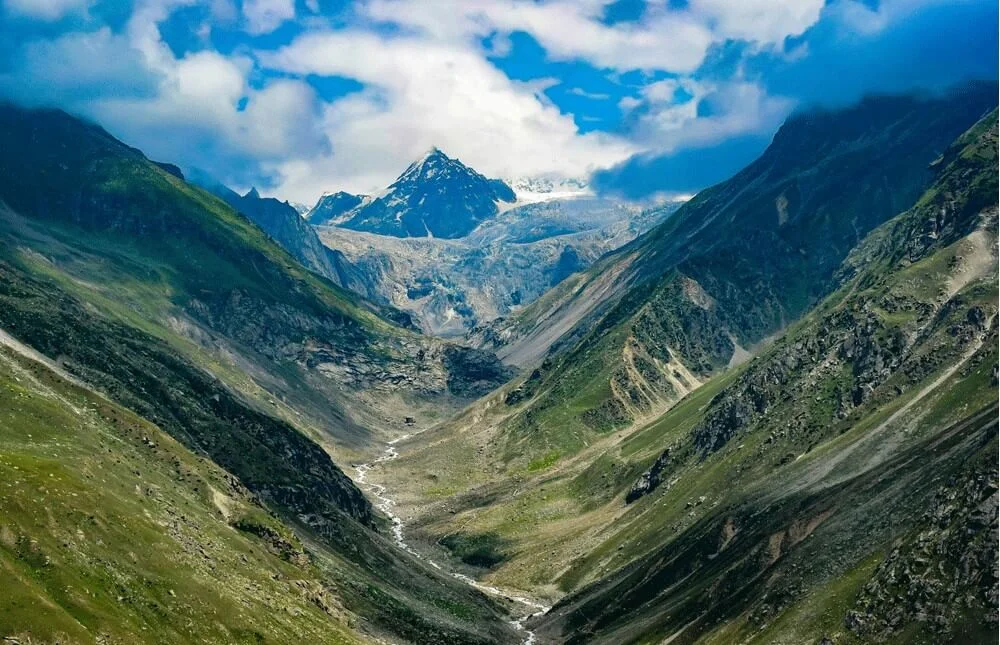
Best Treks in Himachal Pradesh - Himalayan Daredevils
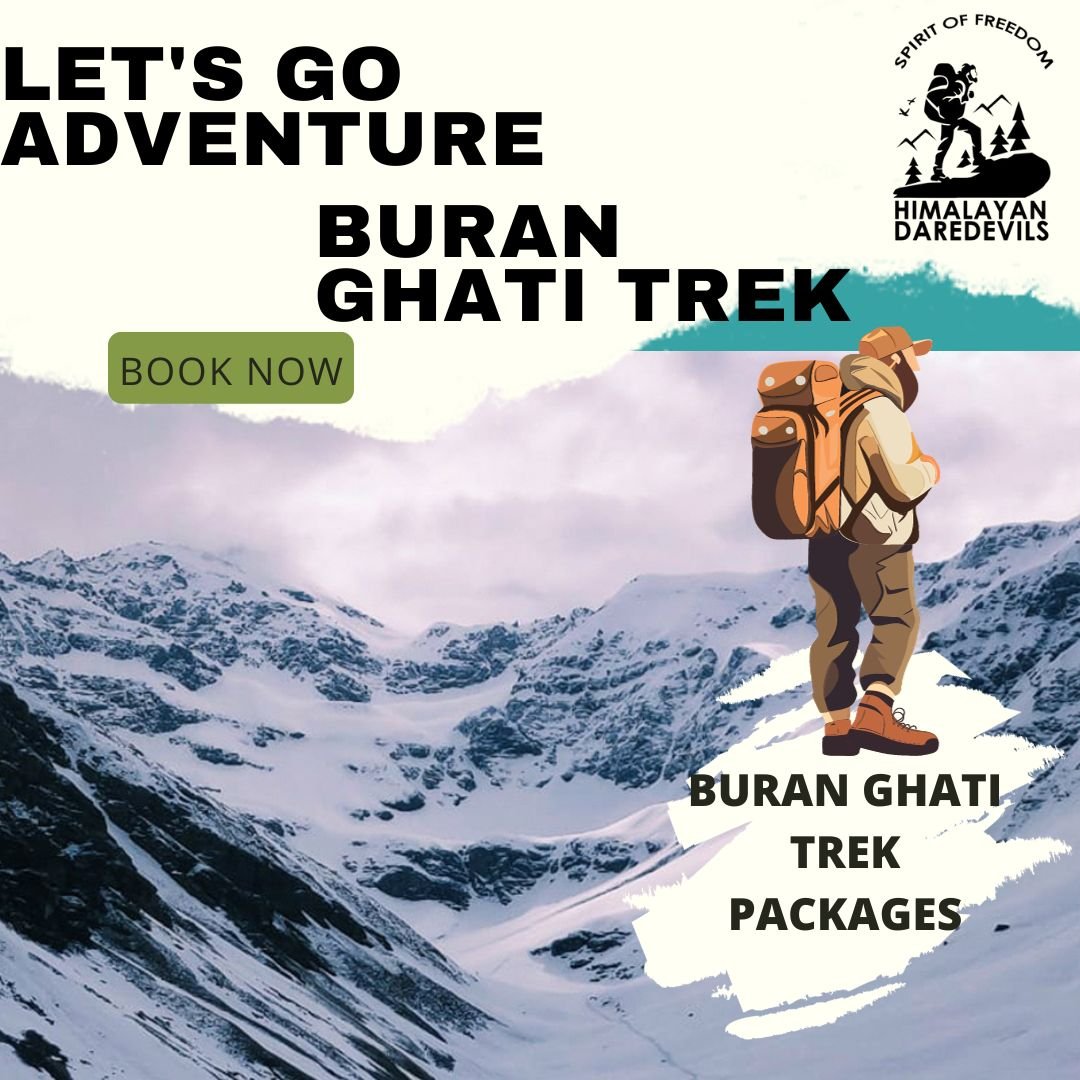
Buran Ghati Trek - A Hidden Gem - Complete Guide

11 Must-Do Himalayan Monsoon Treks in India (July-September)
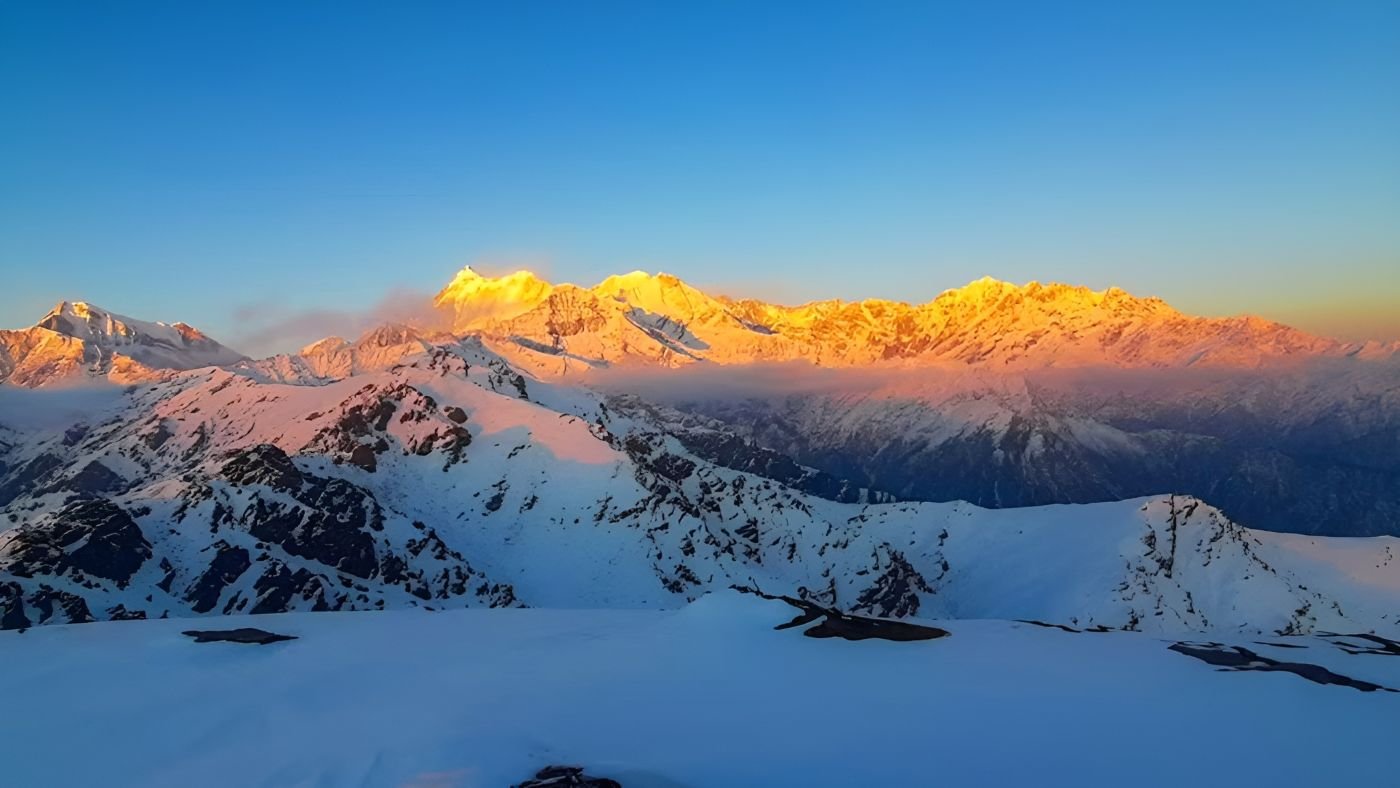
Best Time for Ali Bedni Bugyal Trek: Season-Wise Guide for Trekkers
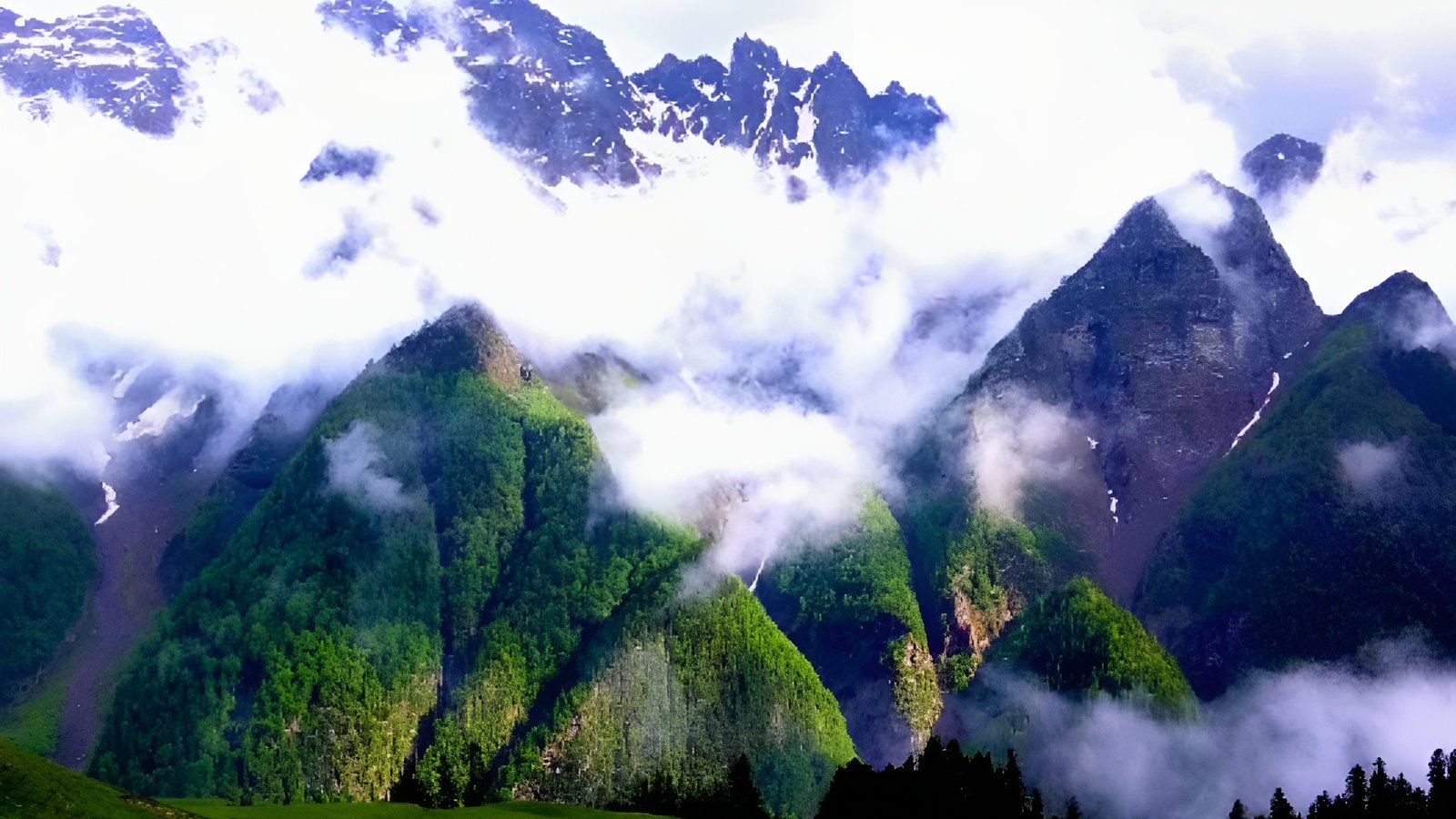
Top 10 Reasons to Choose Buran Ghati Trek This Season
